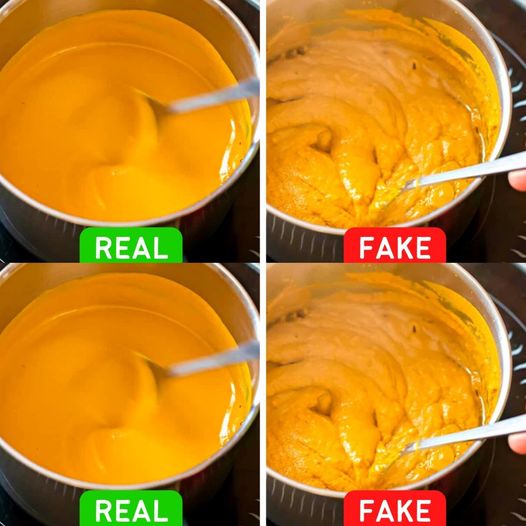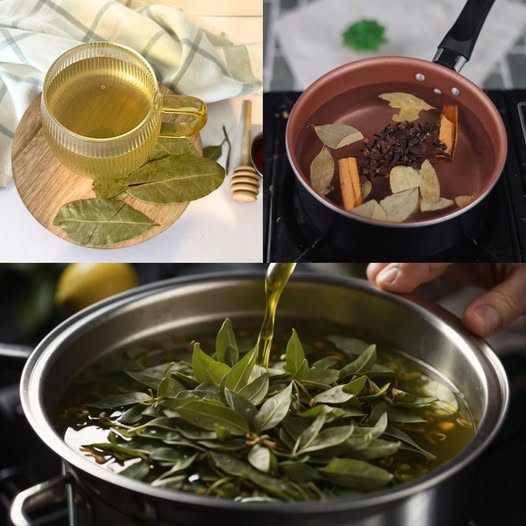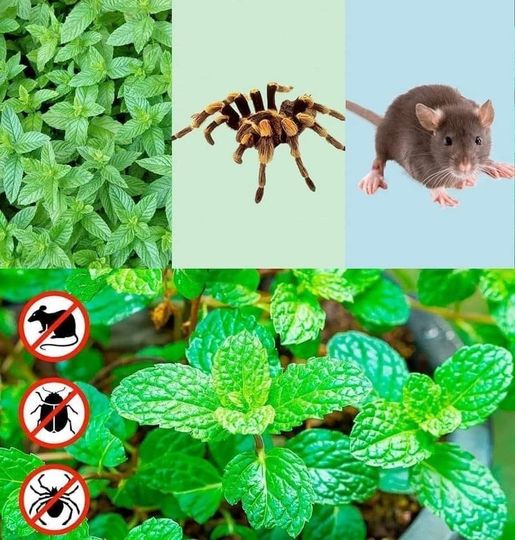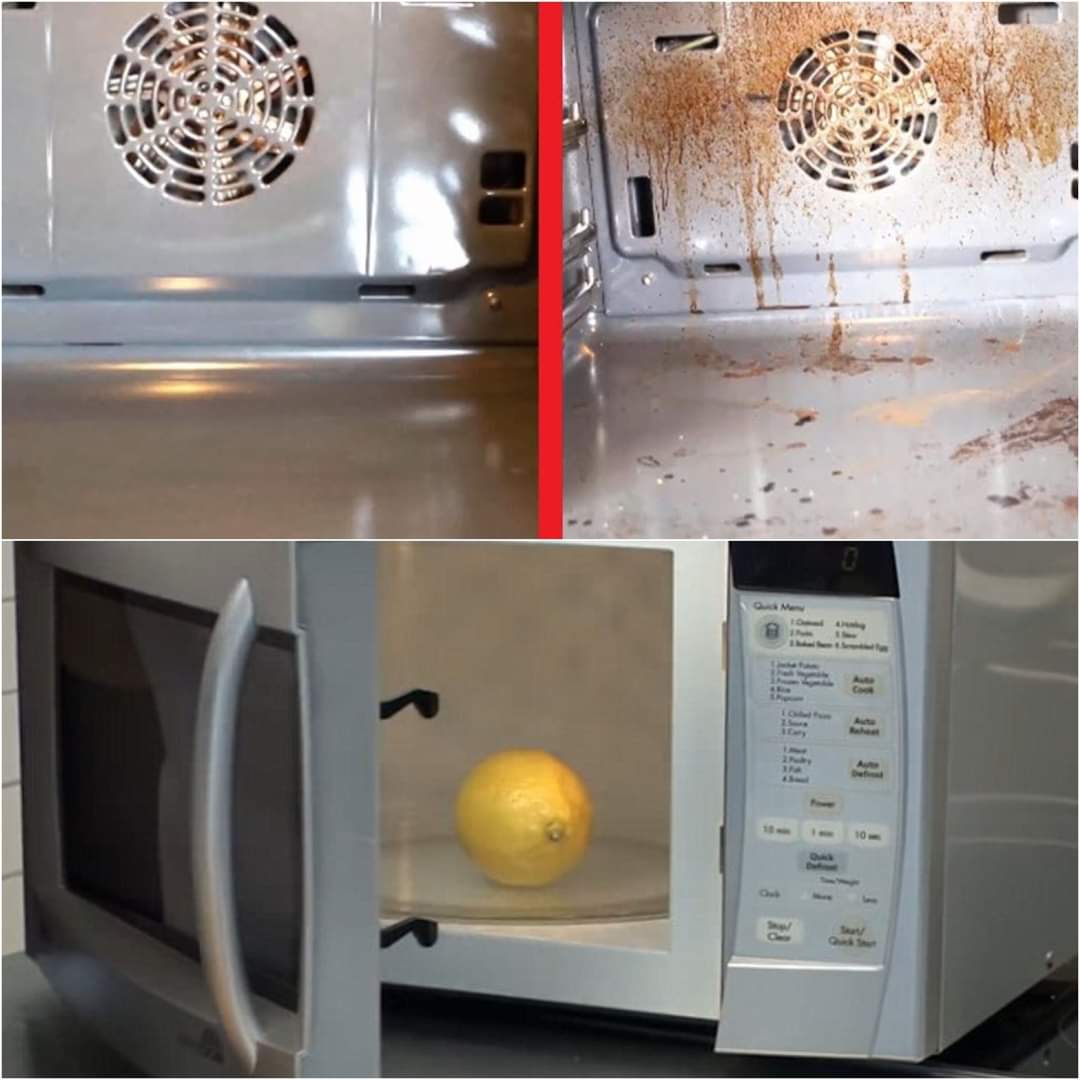Turmeric is a widely used spice known for its vibrant color and numerous health benefits. However, with its growing popularity, counterfeit or adulterated turmeric has become common. These fake versions may contain harmful substances such as lead chromate or synthetic dyes. Fortunately, you can easily test your turmeric at home to ensure its purity and authenticity. Here’s how:
1. Water Test
This is a quick and easy method to detect impurities like chalk powder or artificial colors.
Steps:
- Take a glass of warm water.
- Add a teaspoon of turmeric powder and stir gently.
- Let it sit for 5 minutes without stirring further.
Results:
- Real turmeric: The powder will settle at the bottom, and the water will remain mostly clear.
- Fake turmeric: The water will turn cloudy or yellow due to the presence of artificial colors or other adulterants.
2. Lemon Juice Test
This method helps detect the presence of chalk powder or yellow soapstone powder.
Steps:
- Mix a small amount of turmeric powder with water to form a paste.
- Add a few drops of lemon juice.
Results:
- Real turmeric: No significant reaction; the paste remains unchanged.
- Fake turmeric: The paste may start bubbling or fizzing due to the presence of chalk powder.
3. Alcohol Test
This test checks for synthetic dyes in turmeric.
Steps:
- Mix a teaspoon of turmeric powder with a small amount of alcohol or rubbing alcohol.
- Observe the mixture.
Results:
- Real turmeric: The color will remain consistent and dissolve gradually.
- Fake turmeric: Bright or unnatural colors may separate or settle, indicating the use of synthetic dyes.
4. Paper Test
This method helps to detect artificial coloring agents.
Steps:
- Place a pinch of turmeric on a clean white paper or tissue.
- Add a few drops of water and rub gently.
Results:
- Real turmeric: Leaves a light yellow stain.
- Fake turmeric: Leaves a bright, almost fluorescent yellow or orange stain, indicating artificial colors.
5. Heat Test
Genuine turmeric reacts uniquely to heat.
Steps:
- Heat a small amount of turmeric powder on a spoon or pan.
Results:
- Real turmeric: Turns deep red or dark brown when heated.
- Fake turmeric: May retain its yellow color or burn unevenly, revealing impurities.



